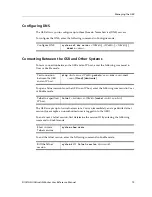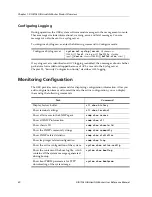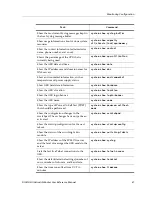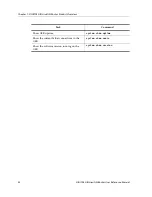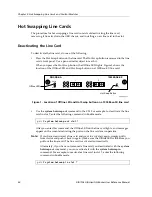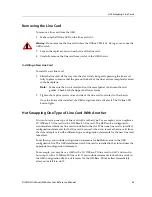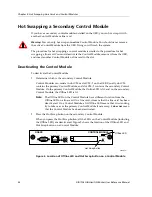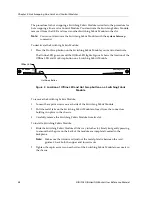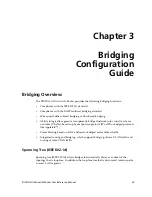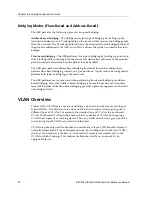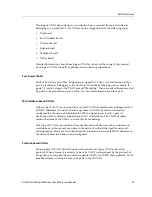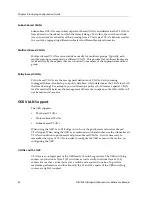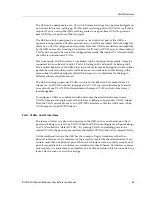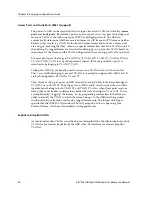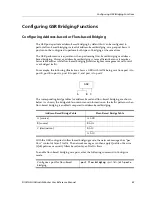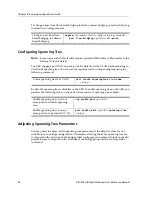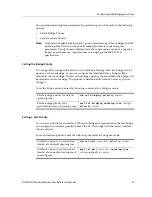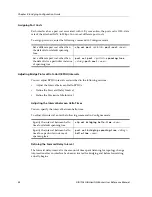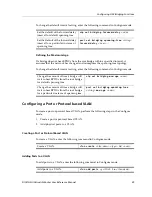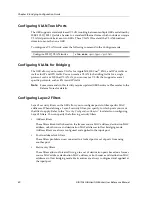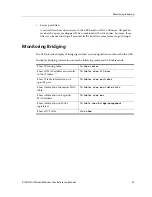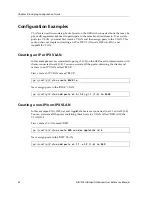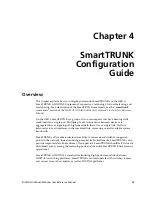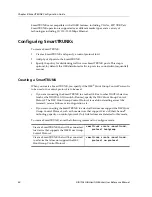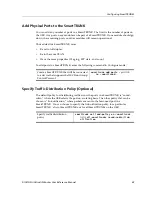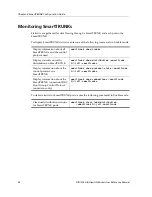
Chapter 3: Bridging Configuration Guide
32
DIGITAL GIGAswitch/Router User Reference Manual
Subnet-based VLANs
Subnet-based VLANs are a subset of protocol based VLANs and determine the VLAN of a
frame based on the subnet to which the frame belongs. To do this, the switch must look
into the network layer header of the incoming frame. This type of VLAN behaves similar
to a router by segregating different subnets into different broadcast domains.
Multicast-based VLANs
Multicast-based VLANs are created dynamically for multicast groups. Typically, each
multicast group corresponds to a different VLAN. This ensures that multicast frames are
received only by those ports that are connected to members of the appropriate multicast
group.
Policy-based VLANs
Policy-based VLANs are the most general definition of VLANs. Each incoming
(untagged) frame is looked up in a policy database, which determines the VLAN to which
the frame belongs. For example, you could set up a policy which creates a special VLAN
for all email traffic between the management officers of a company, so that this traffic will
not be seen anywhere else.
GSR VLAN Support
The GSR supports:
•
Port-based VLANs
•
Protocol-based VLANs
•
Subnet-based VLANs
When using the GSR as an L2 bridge/switch, use the port-based and protocol-based
VLAN types. When using the GSR as a combined switch and router, use the subnet-based
VLANs in addition to port-based and protocol-based VLANs. It is not necessary to
remember the types of VLANs in order to configure the GSR, as seen in the section on
configuring the GSR.
VLANs and the GSR
VLANs are an integral part of the GSR family of switching routers. The GSR switching
routers can function as layer-2 (L2) switches as well as fully-functional layer-3 (L3)
routers. Hence they can be viewed as a switch and a router in one box. To provide
maximum performance and functionality, the L2 and L3 aspects of the GSR switching
routers are tightly coupled.


